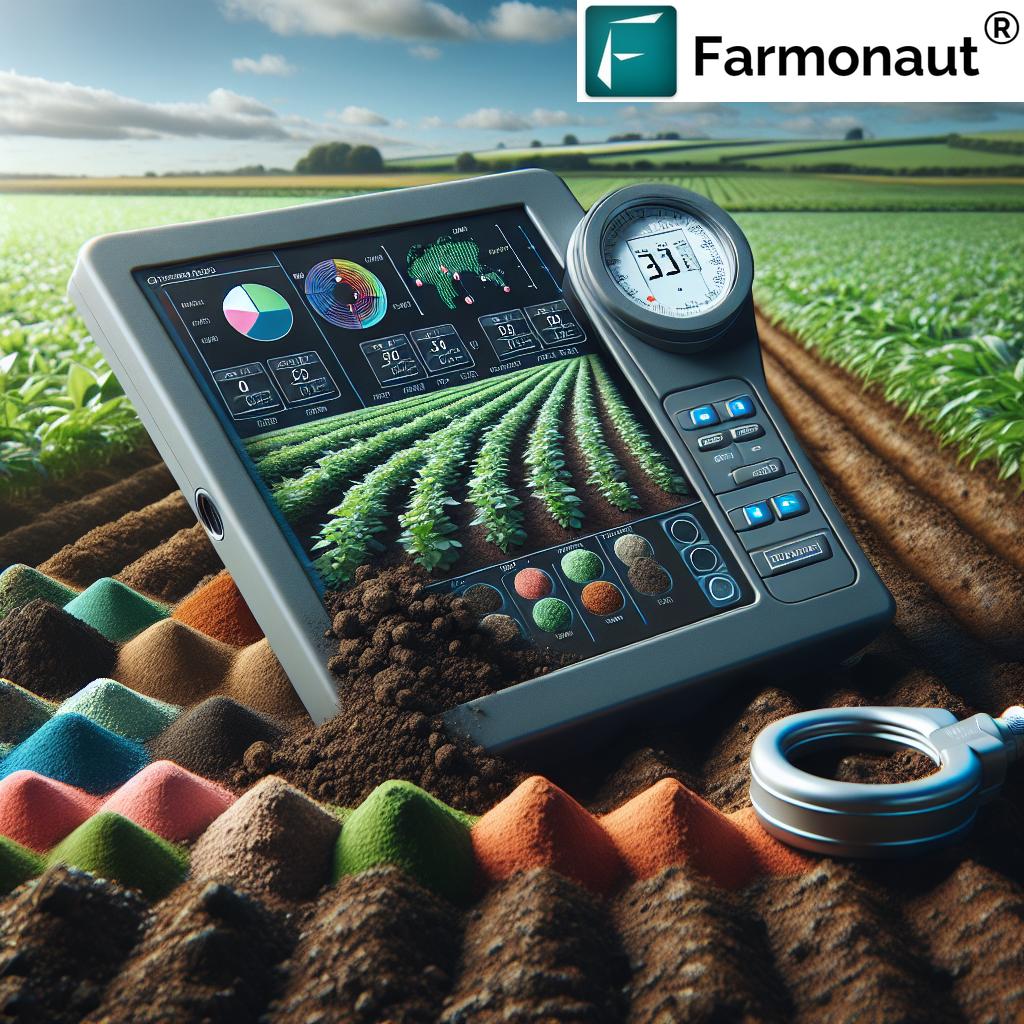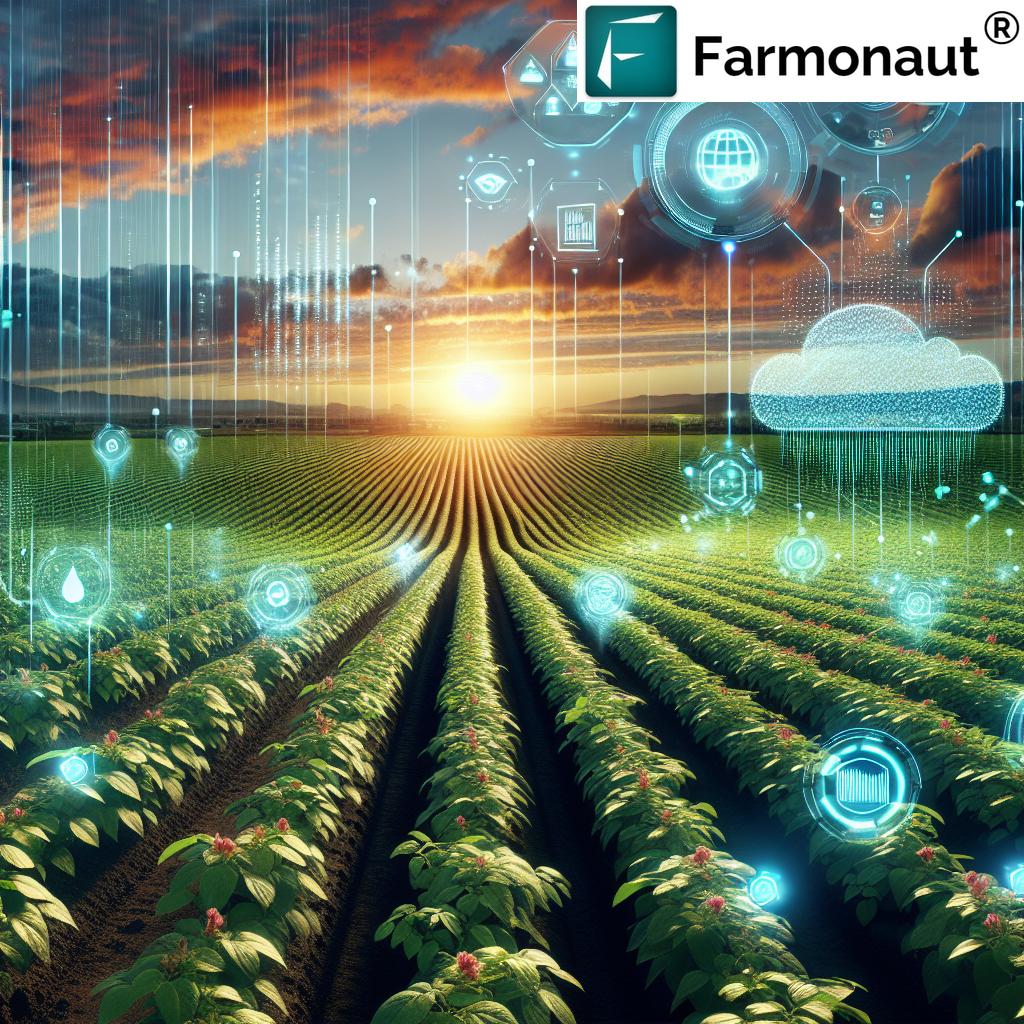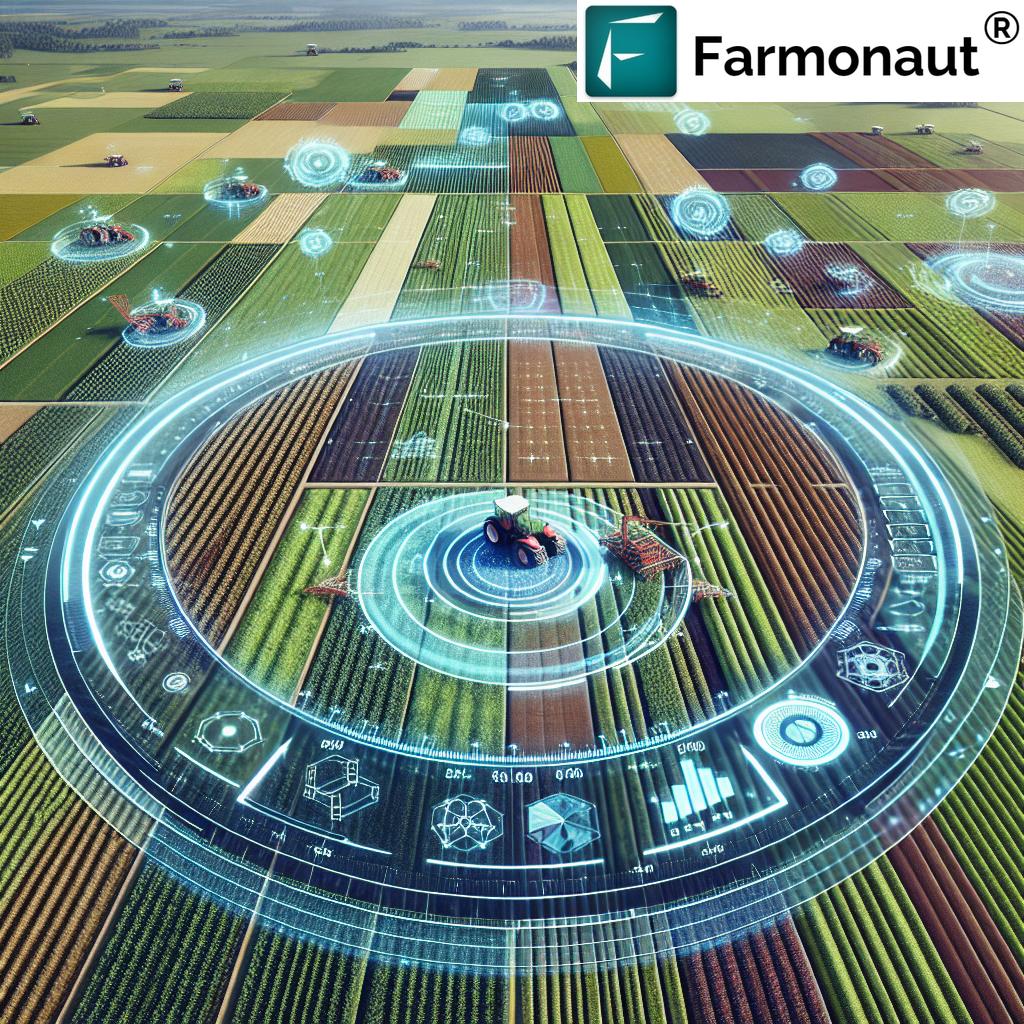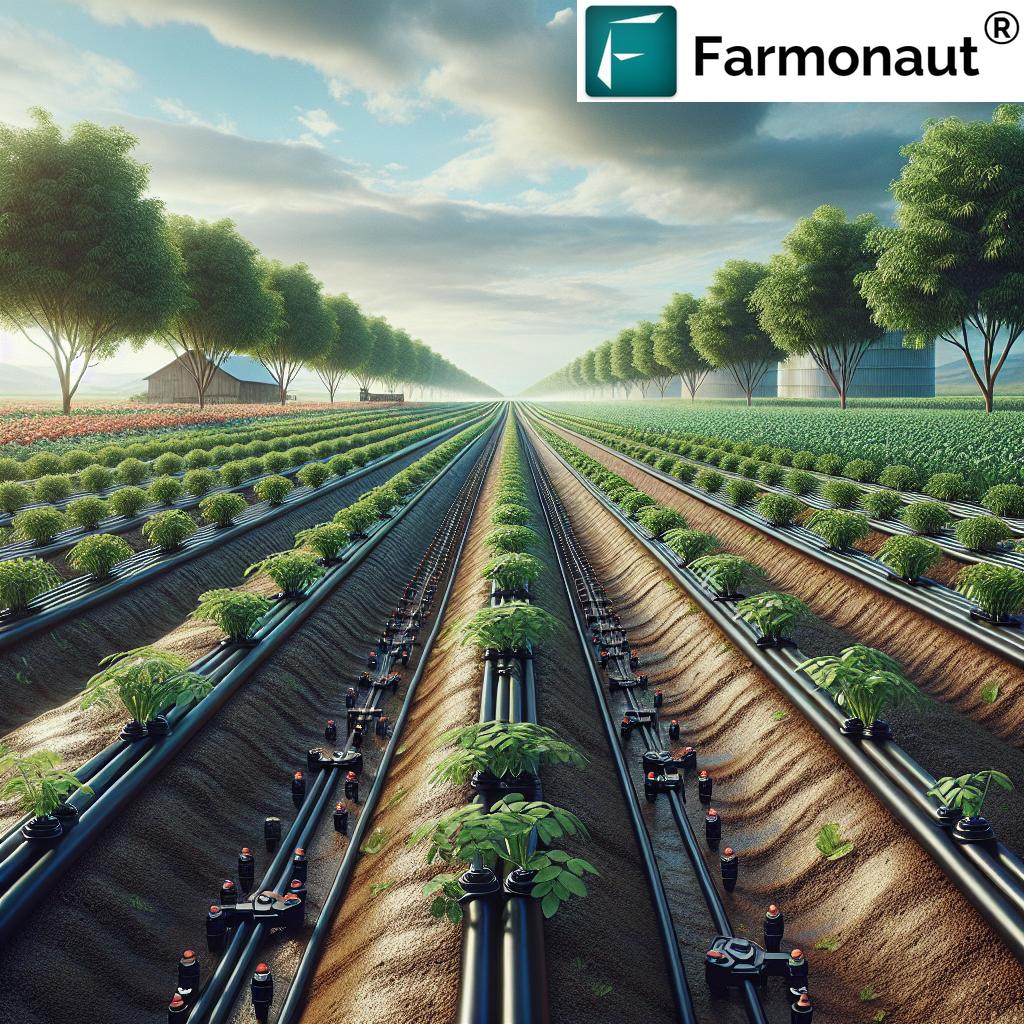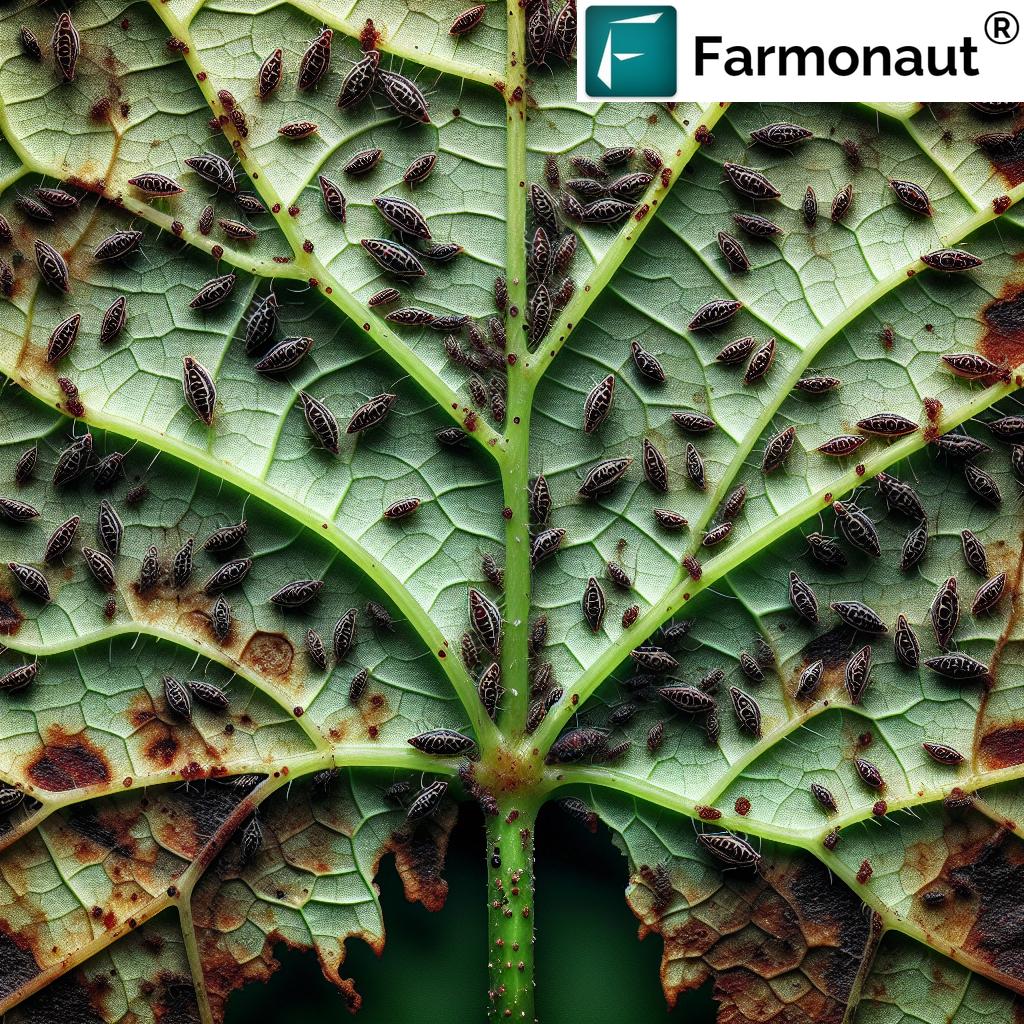Crop Dusting Drones for Sale: Precision DJI & Scouting Transforming Modern Agriculture in 2026
Meta Description: Discover how crop dusting drones for sale, including precision DJI models and advanced scouting UAVs, are revolutionizing agriculture in 2025 and beyond with data-driven solutions, optimized yields, and sustainable practices.
“Drone crop dusting can cover up to 40 acres per hour, vastly outpacing traditional spraying methods.”
Introduction: Drones Usher in a New Age in Agriculture
In recent years, the integration of crop dusting drones and crop scouting drones into modern agriculture has revolutionized crop management practices. By 2026 and beyond, these unmanned aerial vehicles (UAVs) have become indispensable for farmers striving to increase yields, reduce environmental impact, optimize resource use, and enhance food production efficiency. Whether you’re investigating crop dusting drones for sale, researching the latest DJI crop dusting drone models, or exploring the synergy between dusting and drones for crop scouting, this era’s advanced technology is redefining the very foundations of farm management.
Focus keyword: Crop dusting drones for sale
The Evolution of Crop Dusting & Scouting Drones
Drone crop dusting and crop scouting drones didn’t merely appear overnight. The journey from manned aircraft sprayers to sophisticated, precision UAVs illustrates the agricultural sector’s commitment to innovation. Traditional crop spraying relied on fixed-wing aircraft and ground-based machinery, but these approaches often resulted in:
- Imprecise application of chemicals
- Increased chemical waste and environmental impact
- High exposure risks for workers
- Reduced accessibility for difficult or sensitive field conditions
- Operational costs that steadily escalated
Today, leading manufacturers such as DJI and other global brands have developed specialized drones equipped for both dusting—the application of pesticides, herbicides, and fertilizers—and drone crop scouting. These advances offer a paradigm shift in crop health management, aerial surveying, and overall resource optimization on farms of all sizes.
How Drone Crop Dusting Works: From Precision to Productivity
Key Functionalities of Crop Dusting Drones
Crop dusting drones (sometimes called drone crop sprayers) are designed to apply agrochemicals directly onto crops. Leveraging cutting-edge GPS navigation, AI flight planning, and variable spray nozzles, these UAVs ensure precision in every application run. Unlike traditional manned sprayers, their aerial agility enables access to:
- Steep hillsides or challenging terrain
- Wet fields with limited tractor access
- Densely planted areas without damaging crops
Their typical payloads range from 10 to 30 liters, with each flight servicing several hectares per charge. Models such as the DJI AGRAS series are equipped to adjust spray rates on the fly, reducing chemical waste.
Why Precision Matters
- Lower input costs by minimizing chemical waste
- Reduce exposure risks for farmworkers
- Optimal application means increased efficacy and healthier crops
- Environmentally responsible—only the necessary amount of pesticides and fertilizers are applied, reducing runoff and soil degradation
The ability for farmers to purchase crop dusting drones for sale tailored to their farm size and crop types is transforming resource optimization and yields in both large-scale and smallholder agriculture.
“Over 80% of agricultural drones sold in 2024 featured advanced AI for automated crop scouting and data collection.”
Precision Application & Reduced Environmental Impact
Technology Highlights in Crop Dusting Drones for Sale in 2026
DJI and leading manufacturers consistently develop advanced drone technologies—including:
- Multi-rotor and hybrid UAV models
- Obstacle avoidance systems (e.g., radar, computer vision)
- Automated flight planning with terrain following
- Variable-rate spray nozzles—adapting to real-time field conditions
- Integration with farm management and traceability platforms
These features ensure compliance with stricter environmental regulations emerging globally in 2026—supporting more sustainable crop production to meet evolving food security challenges.
Optimize Farm Resource Use with Fleet Management Solutions
Leverage the power of fleet management tools to coordinate drone operations, machinery, and logistics. Farmonaut’s fleet management offering enables modern farms to reduce operational costs and enhance safety while maintaining efficiency across all vehicles and resources.
Complementing Crop Scouting with Aerial Insights
What Are Crop Scouting Drones and Why Are They Indispensable?
Crop scouting drones are equipped with advanced sensors, including multispectral cameras, thermal imaging, and LiDAR. These UAVs conduct detailed field surveys without manual labor—offering a bird’s-eye view that transforms scouting practices. Benefits include:
- Early detection of pest infestations, fungal infections, and nutrient deficiencies
- Assessment of water stress and crop health conditions
- Pinpointing yield variability and problem spots in vast fields
- Automated data collection—supporting real-time decision making
Such aerial imaging allows for targeted interventions. This means pesticides or fertilizers are used only where needed, reducing waste and chemical exposure while improving sustainability.
Advanced Traceability in Modern Agriculture
Track your entire crop journey with robust traceability solutions. Farmonaut’s blockchain-based traceability enables transparent, fraud-resistant food supply chains—meeting regulatory and consumer expectations for data-backed, sustainable agriculture.
Synergy Between Dusting and Scouting Drones
When crop dusting drones and crop scouting drones are used in tandem, the result is a closed-loop system:
- Scouting drones detect early signs of problems and gather detailed field data
- Dusting drones apply pesticides or fertilizers only where prescribed by data
- Regular imaging updates ensure treatment effectiveness and highlight new issues
This integrated management dramatically reduces input costs, supports compliance with strict chemical use regulations, and fulfills food sector demands for sustainable practices.
Unlock Crop Insurance with Satellite-Based Verification
Empower farmers with reliable insurance and financial support via satellite-based crop loan and insurance verification. These services help reduce fraud and boost access to loans in the evolving agriculture landscape of 2026.
DJI Crop Dusting Drone Models & Competitor Roundup for 2026
What Sets DJI Crop Dusting Drone Models Apart?
DJI continues to lead the market with their innovative crop dusting drones. Their series, including the DJI AGRAS T40, T30, and T20P, boasts features such as:
- Obstacle avoidance via radar and vision sensors
- Automated, cloud-synced flight path planning
- High-capacity payloads, servicing larger plots per charge
- Quick-swap battery systems to minimize downtime
- Seamless integration with farm management platforms for data-driven optimization
Other global brands and regional suppliers offer specialized models designed for specific crop types and local regulations. Many now include AI-powered scouting payloads, variable rate systems, and compatibility with third-party field management software.
Comparison Table of Crop Dusting and Scouting Drones for 2025
Choosing the right drone solution involves comparing the capabilities and technologies currently available for sale. Below is a comparison table highlighting key specifications, functionalities, and differentiators, optimizing your selection process for drone crop dusting and drones for crop scouting in 2025 and beyond.
| Drone Model | Primary Use | Payload Capacity (kg) | Flight Time (minutes) | Spray Coverage per Charge (hectares) | Camera/Sensor Type | GPS/Autonomy Level | Price Range (est. USD) | Key Innovations |
|---|---|---|---|---|---|---|---|---|
| DJI AGRAS T40 | Dusting | 40 | 45 | 21 | FPV, Multispectral (optional) | RTK GPS, Full Autonomy | $25,000–$33,000 | AI Pathfinding, Obstacle Avoidance, Variable Spray |
| DJI AGRAS T30 | Dusting | 30 | 40 | 16 | HDR, RGB, Multispectral Compatible | RTK GPS, Semi-Autonomous | $18,500–$22,000 | Obstacle Avoidance, Terrain Follow, Precise Nozzles |
| DJI AGRAS T20P | Dusting/Scouting | 20 | 35 | 12 | RGB Camera, Optional NDVI | GPS, Assisted Auto | $13,000–$16,000 | Quick-Swap Batteries, Cloud-Synced Flight Logs |
| XAG V40 | Dusting | 16 | 50 | 14 | HD, Multispectral Optional | RTK, Semi-Auto | $12,000–$15,000 | Swarm Capability, Extended Endurance |
| Parrot Anafi USA | Scouting | 0.3 | 32 | N/A | RGB, Thermal, Multispectral | GPS, Manual/Auto | $7,500–$9,000 | 30x Zoom, Portable, Real-Time Mapping |
| SenseFly eBee AG | Scouting | 1.6 | 50 | N/A | Multispectral, RGB | RTK GPS, Full Auto | $13,500–$16,000 | Fixed-Wing Endurance, Smart Mapping |
| DJI Phantom 4 Multispectral | Scouting | 1 | 27 | N/A | Multispectral (6 bands) | GPS, Manual/Auto | $5,500–$7,500 | NDVI, Precise Crop Health Analytics |
For the best experience, ensure you select drone models aligned with your crop type, field size, desired sensors, and local legal requirements for UAV operations.
AI, Swarm Technology, and the Future of Crop Drone Integration
By 2026 and beyond, crop dusting drones and scouting UAVs will be even more closely integrated with AI and machine learning advancements, unlocking new possibilities for precision agriculture:
- Automated pest identification and prescription maps for targeted treatments
- Weather-responsive flight adjustments—drones adapt to wind, rain, and field conditions in real time
- Swarm operations—multiple drones coordinate to cover large farms with speed and redundancy
- Reduced operating costs through smarter, energy-efficient battery and charging solutions
- More accessible technology for small- and medium-sized farms due to lower hardware costs and user-friendly designs
Unlock Large-Scale Farm Management with Comprehensive Digital Solutions
Access real-time, satellite-driven large scale farm management with Farmonaut’s admin app. Manage operations, track resources, and receive actionable insights anywhere—optimized for big farms entering the drone age.
Farmonaut: Satellite Technology Integration for Smart Farms
As drone technology in crop dusting and scouting becomes the norm, integrating drone data with satellite-driven solutions multiplies the value:
- Multispectral satellite imagery—wider view of vegetative health for crop monitoring
- AI-based advisory for automated, field-specific recommendations
- Blockchain traceability—compliance and transparency at every step (see our traceability solution)
- Fleet/resource management—efficient scheduling for all UAVs and agri-machinery
- Environmental impact tracking, including carbon footprinting of crops and chemical inputs
- Instant access via Android, iOS, and web interface or API integration
We at Farmonaut are committed to democratizing agriculture technology—bringing real-time, data-driven tools to every stakeholder in the food system.
Jumpstart integration: Check our API developer docs for seamless data flow.
Ready to Transform Your Farm’s Productivity?
Getting Started: Procurement, Regulations & Best Practices in 2026+
As crop dusting drones and scouting UAVs become increasingly accessible, here are key steps for farmers considering drone adoption in 2026:
- Assess Your Crop and Field Needs: Consider farm size, crop type, frequency of application, and desired data outputs.
- Research Drone Models for Sale: Compare the latest DJI and rival offerings for optimal spray, flight endurance, autonomy, and sensor packages.
- Understand Local UAV Regulations: Most regions require registration, flight permissions, and occasionally pilot certifications for agricultural drones.
- Plan for Integration with Management Tools: Ensure compatibility with platforms such as Farmonaut’s admin app and cloud-based analytics.
- Train Farm Staff in Operation & Safety: Automated flight is increasingly standard, but understanding troubleshooting and routine maintenance ensures safety and longevity.
- Prioritize Data Protection: Secure sensitive crop and farm data using encrypted cloud services and reliable traceability protocols (see blockchain traceability solutions).
- Stay Informed of UAV Innovations: The field is rapidly evolving—regularly review new sensor options, AI-based features, and regulatory updates to maximize return on investment.
FAQ: Crop Dusting & Scouting Drones in Modern Agriculture
What are the primary advantages of using crop dusting drones over traditional methods?
Crop dusting drones deliver precision application of pesticides, herbicides, and fertilizers, minimizing chemical waste and exposure risk for workers. They access hard-to-reach areas, automate workflows through GPS and AI, and integrate with farm management systems for data-driven optimization.
How much area can a drone crop dust in one hour?
The latest DJI and competitor models typically cover 20 to 40 acres per hour, depending on payload size, spray rate, and battery life.
What types of sensors do crop scouting drones use?
Leading scouting UAVs are equipped with multispectral, RGB, and thermal cameras, along with optional LiDAR and NDVI sensors for detecting crop stress, pests, nutrient deficiencies, and mapping plant health.
Are crop dusting drones compliant with environmental regulations?
Yes. Variable-rate spray nozzles and AI-powered planning ensure that chemical applications meet strict environmental and agricultural standards worldwide, supporting sustainable food production.
How can I integrate scouting data with dusting drone operations?
Use cloud-based farm management platforms that ingest drone imagery and analytics. Integration with satellite monitoring solutions (like those offered by Farmonaut) allows for the creation of precise prescription maps and automated flight schedules.
Where can I monitor my fields and drones using satellite technology?
Platforms such as Farmonaut’s app provide real-time multispectral satellite imagery, AI-based insights, and seamless integration for remote farm monitoring and management.
Can I use agricultural drones for compliance reporting or carbon tracking?
Absolutely. Combine drone-acquired field data with satellite-driven environmental impact and carbon footprint tracking tools such as Farmonaut’s carbon footprint service for robust regulation compliance and sustainability initiatives.
Conclusion: Crop Dusting Drones for Sale—The Strategic Farm Investment
As we look to 2026 and beyond, crop dusting drones and crop scouting drones have firmly established themselves as transformative tools in modern agriculture. Their precise application of agrochemicals, paired with real-time, data-rich field insights, is driving:
- Higher yields through smarter inputs
- Reduced environmental impact
- Optimized resource allocation
- Lower input and compliance costs
- Enhanced farm sustainability and profitability
We at Farmonaut believe the integration of satellite and drone technology represents the next evolution for farmers striving to remain resilient and competitive. As AI, blockchain, and cloud solutions further mature, drones will become even more accessible, autonomous, and essential to the agriculture of tomorrow.
Ready to embrace the future of farming? Explore real-time crop insights with Farmonaut’s affordable, scalable technology platform—on web, Android, or iOS.










